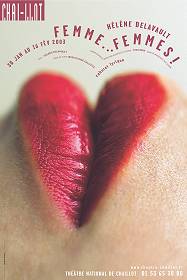
Michal Batory
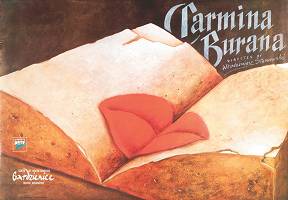
Anna Galuszka
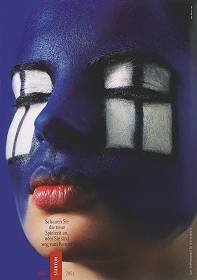
Holger Matthies
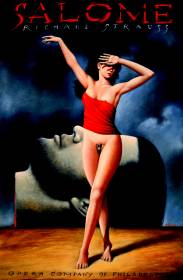
Rafal Olbinski
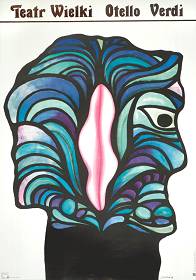
Jan Lenica
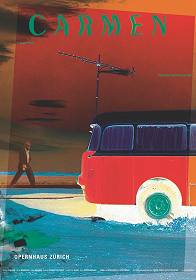
Karl Domenic Geissbuehler
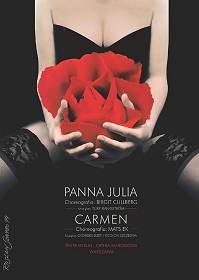
Roslaw Szaybo
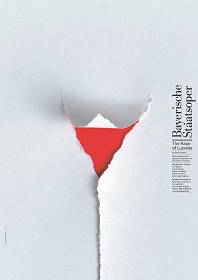
Pierre Mendell
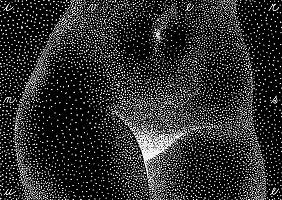
Jozef Doka
These posters, whether subtle or drastic, funny, daring, humorously or critically, all deal with this topic, which is still controversial in society, in a natural and partly in a pleasantly refreshing way. Even though, in their works, these artists are often using the beauty of the human body, the beauty of the mouth, of the chin or the beauty of a glance, they have nothing whatsoever in common with the sultry servility or the provoking importunateness of so many commercial advertisements, the expression of which is meant to awaken false hopes. The individual language of the artists’ pictures in this exhibition demands for an interpretation of the viewer but, at the same time, avoids boring unambiguity.
All sensory organs become symbols of sensuality even the entire body together with skin and hair, as well as fruits and plants, colours, forms, everything, that fits into the respective context too.
The poster of Michal Batory, which is entitled "Femme...Femmes" and announces lyrical cabaret, greatly radiates sensuality. The artist photographically draws softly contoured lips which, simultaneously, form a heart while its softness concels something unspoken and mysterious.
Full of expectation, one looks at the mouth in Karl Domenic Geissbühler’s poster "The Silent Woman". This mouth is very sensual as well – and his secret is left unsaid. This impression is intensified by a line of letters that closes the lips like a finger. A red mouth is looking at us like an opened book on Anna Galuszka’s poster, a kiss, a pressed petal, which you want to keep. Andreas Wallat deliberately creates an irritating borderline situation in his poster about "Maria Stuart". At a first fleeting glance, you see two mouths which meet each other as in a kiss; however, upon closer examination, you will soon see that they are about to bite into each other.
Holger Matthies works with vivid metaphors. A lustful dark face whose eyes seem to be waiting behind promising windows and an inviting mouth tersely declares: Watch the new season, else you’ll be out of the running. On Werner Jeker’s poster "Banzai", a mysterious, beautiful woman winks at us through a cunning pictorial suggestion, almost forcing us to look at her. Rafal Olbinksi creates surrealist dream images for several opera performances, which are of great poetic power and in which the mouth, the eye, the sensual expression of a face, the beautiful figure of a woman play protagonist.
In his pictures, Roman Kalarus joins mouths to each other; at the same time, shadowy beings in the background feature as tempters. The longing for bodily love and yielding become apparent. His works are lyrical and yet powerfully stimulating, not least due to the intensity of the colours even though their lines are very gentle indeed. In a soft river of lines, floral suggestions are found woven into a pastel pink mouth made by Jan Lenica.
Atelier de Création Graphique – Grapus, a group of artists, created a sensual mouth of the widow, "La Veuve", open and in expectation; out of its lips red, symbolic of the colour of love, evaporates into a green trickle.
In "Carmen", a poster by Karl Domenic Geissbühler, the intense colouring, particularly a very loud red, makes you think about grand feelings; even the letters tremble at the heat of its passion. The symbolic power of the colour red, just like that of letters and signs, plays a dominating role in the posters of Lex Drewinski. In "Antony and Cleopatra" the tempting snake, as a negative form, shows up between the legs of a woman. Generally, a red rose also stands as a symbol of love.
Roslaw Szaybo, colossally places one into the lap of a passionate lady, the opera figure of "Carmen". Reinhold Luger totally dyes it in blue in his poster "L’amore dei tre re" (The love of the three kings), which has a soft inkling of the relationship between love and death, just as people talk about "Petit mort", the small death, at the height of a feeling of happiness.
In his poster for the opera "The Rape of Lucretia", Pierre Mendell finds a drastically simple solution. Mendell tears a triangle into the picture so that the lap of a woman, dyed red, becomes visible. Makoto Saito finds three terms for the lap from which a fruitful green springs forth: Love for sexuality, Mother for birth, Earth for growth and reproduction. Josef Doka connects the lap of a woman with a mysterious starry sky. With his poster "Universe" he wants to lure the viewer into a journey through the width of space. A funny cheerful brush presents itself in a lap on the poster of Wojciech Korkuc, which he uses to advertise for his own design studio. This connection is a symbol for the fruitful symbiosis of new ideas.
. . .
Not all posters can be mentioned here, even though all of them would have deserved it. But then, posters do not need many words anyway since they speak for themselves.
Barbara Martin
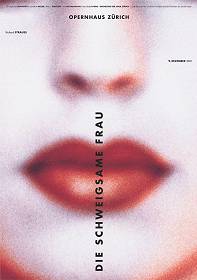
Karl Domenik Geissbuehler
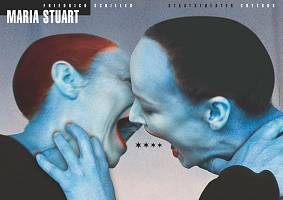
Andreas Wallat
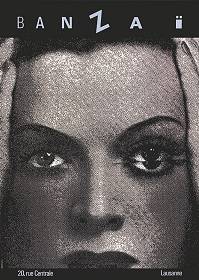
Werner Jeker
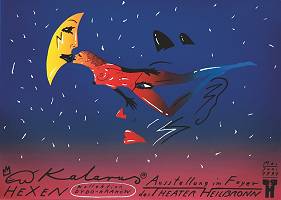
Roman Kalarus

Atelier de Creation Graphique
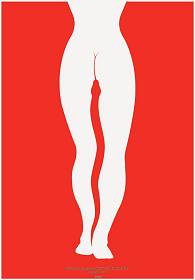
Lex Drewinski
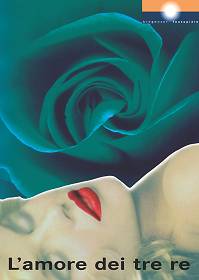
Reinhold Luger
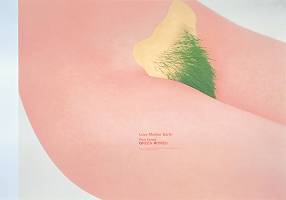
Makoto Saito
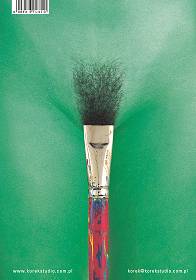
Wojciech Korkuc Korek